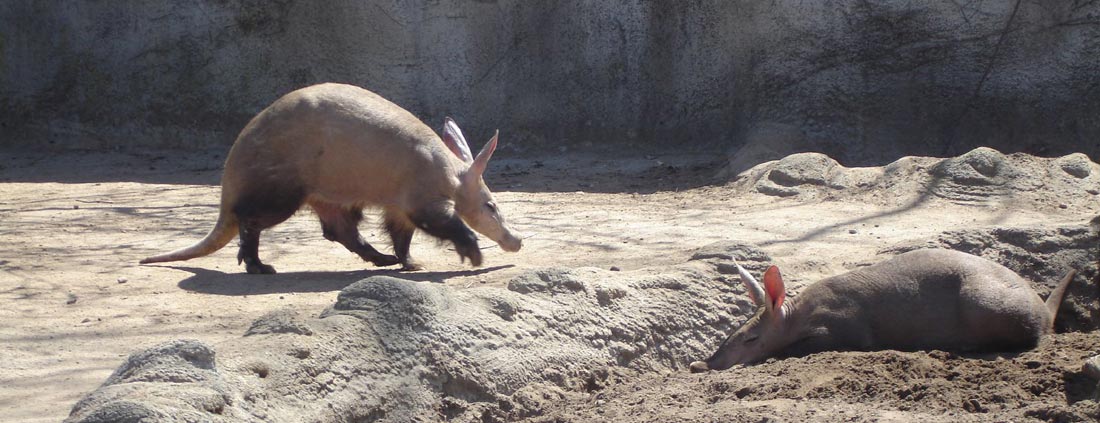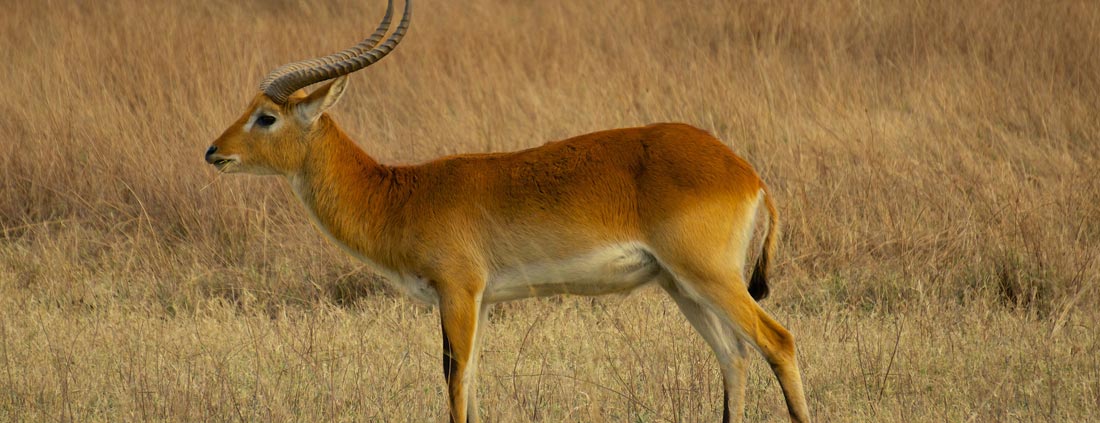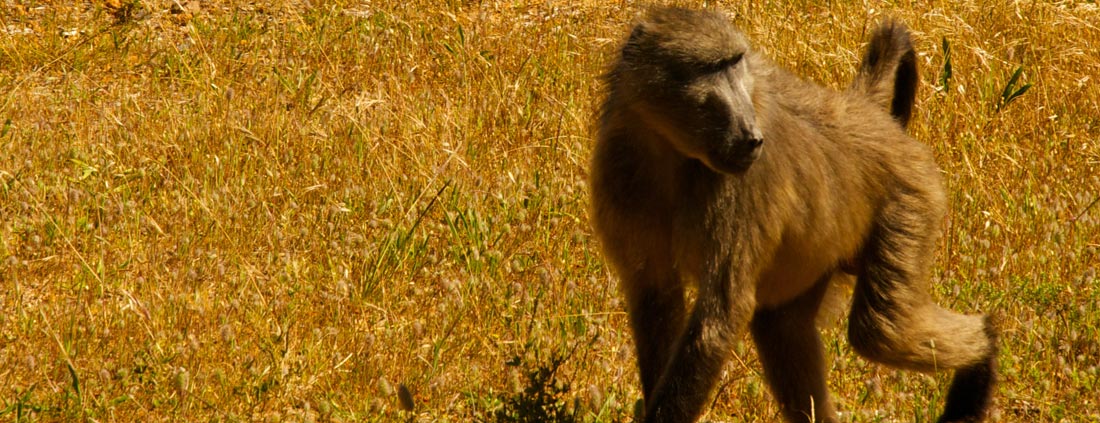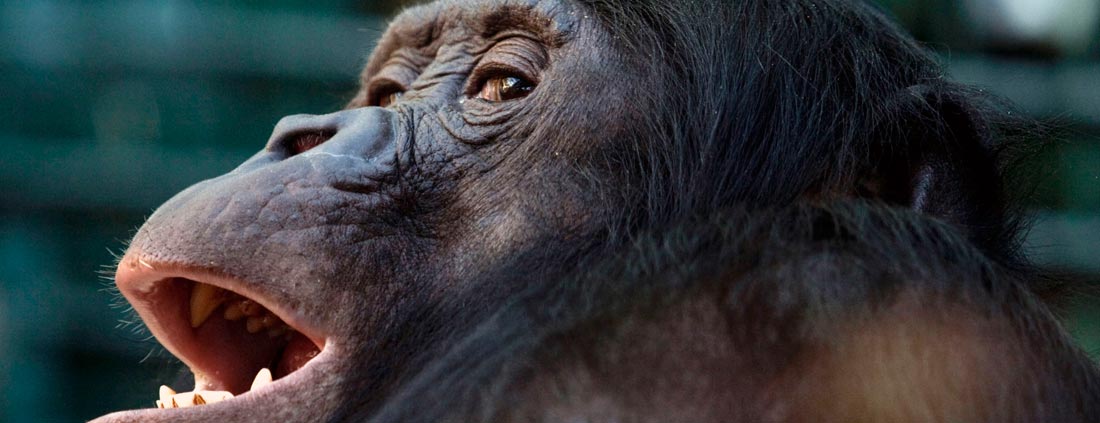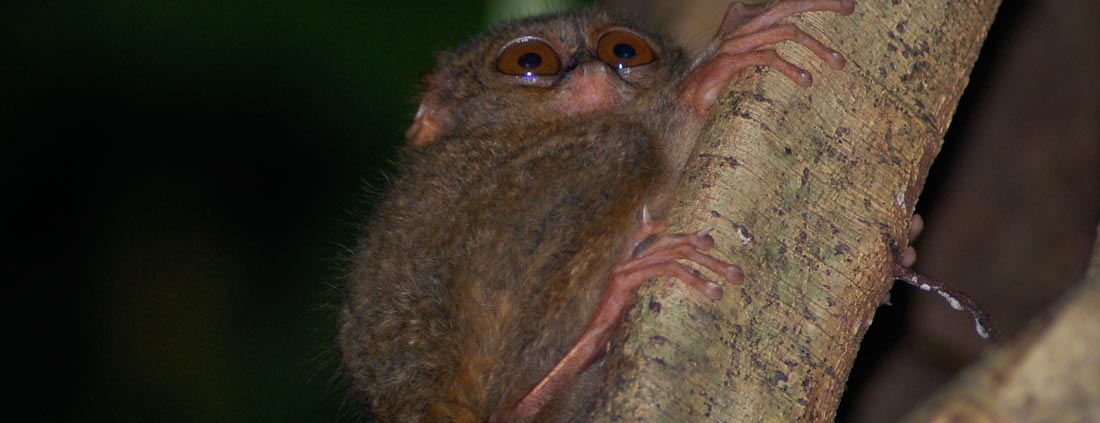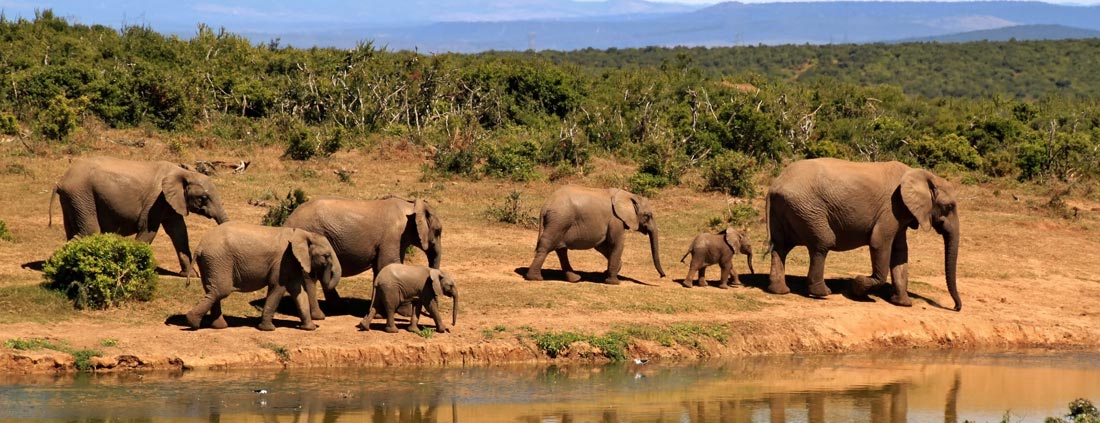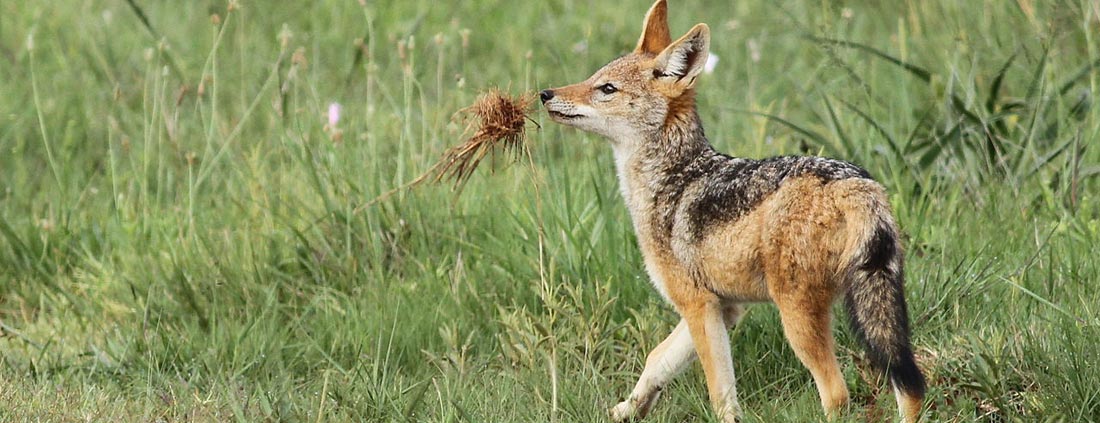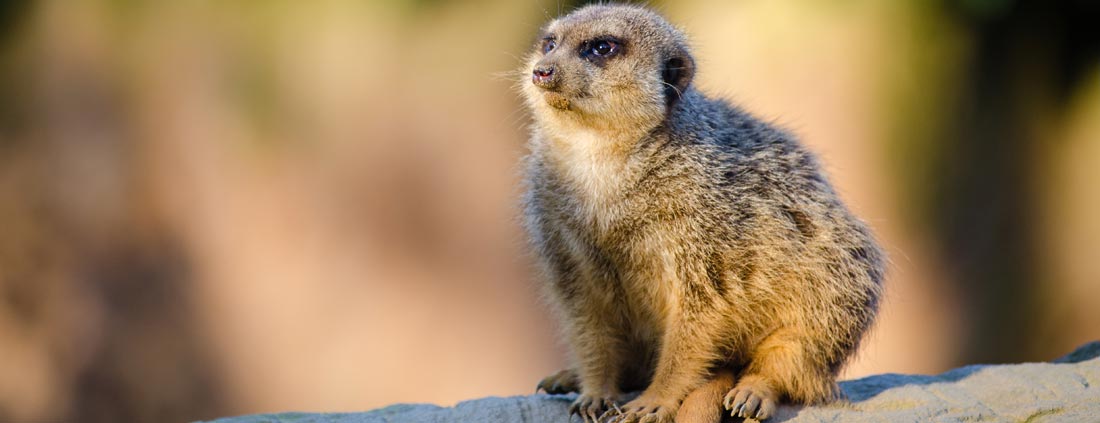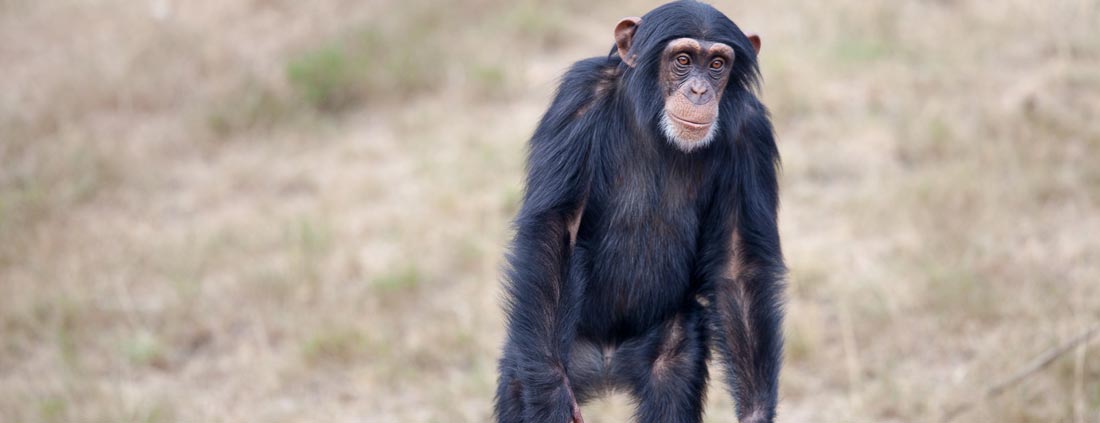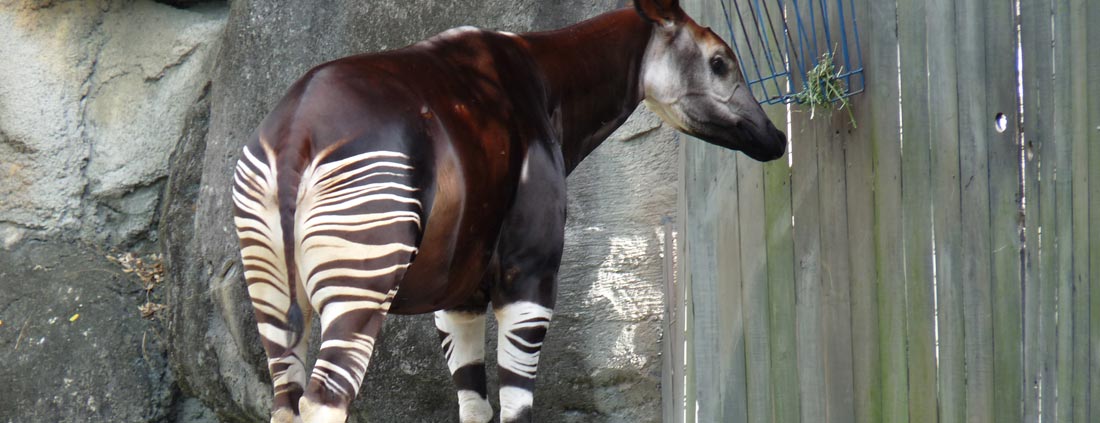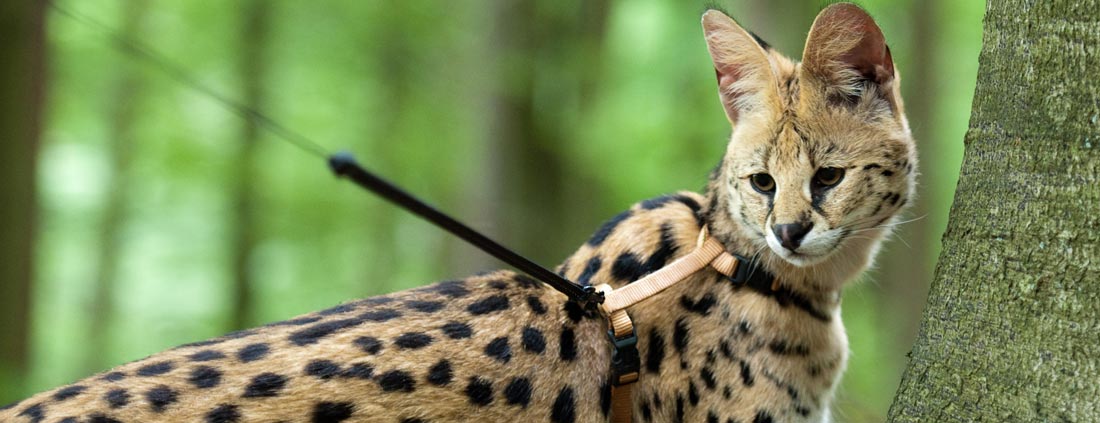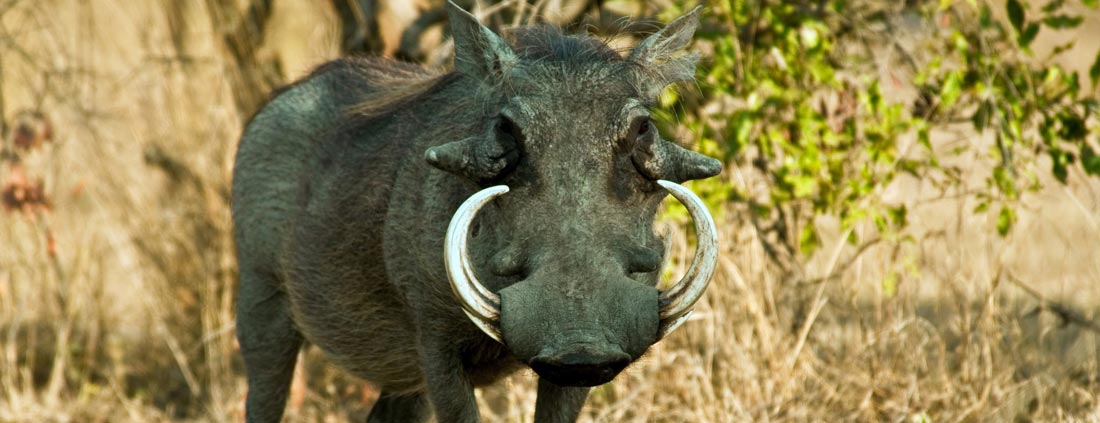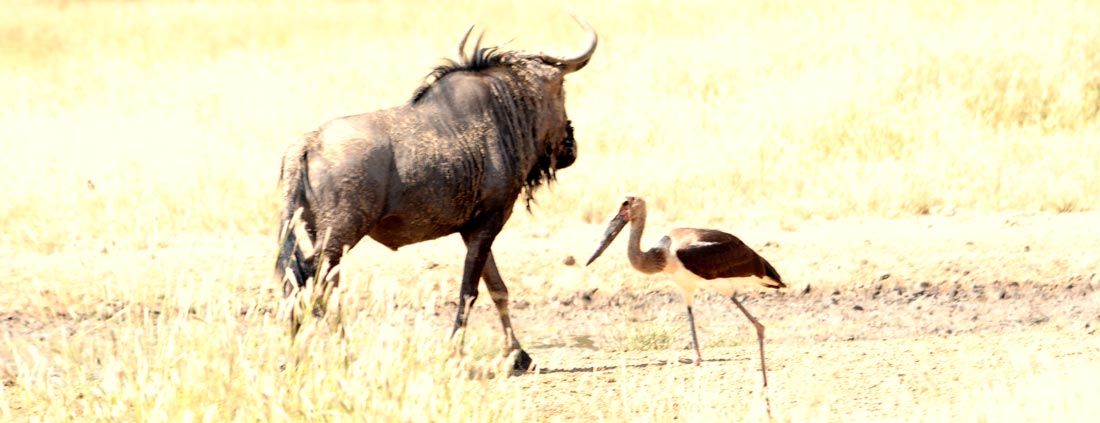I’ve previously written about animals in Spain and animals in Italy, however I’ve always longed for a safari trip to Africa, in order to see all the wildlife and the vast contrast in natural habitat. The creatures you see will differ largely on which country you visit and the terrain you are in, which brings me to my first point.
Terrain
The type of land will affect the animals you can expect to see. Most trips to Africa involve spotting lions, zebras, giraffes and cheetahs, therefore they will often take you to a grassland, or Savanna. This might match the stereotype of African animals, but you will see a contrasting list of wildlife if you were to visit the rainforests, where gorillas are known to be based. On the other hand, a trip over to the Sahara desert will again offer another view, however the heat might be off-putting. So now onto my list.
Aardvark
You are unlikely to spot this one unless you have some night vision goggles to hand as they tend to only be seen at night. We could do with one of these in the garden, as they live off ants, using their long sticky tongue to reach them all from the ant hills.
Aardwolf
You are more likely to spot this one in South Africa, however it can often be spotted in a number of countries on the East of the continent. Although similarly named to the aardvark, this animal is actually part of the hyena family, however it gets its name as it is nocturnal and hunts insects with its long tongue.
Antelopes
You will often see an antelope in a herd, as the large numbers help to protect against predators, as they can work together to spot an enemy and also move in unison to make it as difficult as possible for a peeping lion.
Baboon
Baboons live in very large groups, on average around 100 of them at a time, which is known as a troop. One thing I remember from London zoo was that they said smiling at them is actually seen as a threatening look, as the showing of the teeth is what they do to establish their dominance. The eyes on these monkeys are really close together, giving the animal quite an unusual look.
Bonobo
Much cuter than the baboon, the bonobo is sadly dieing out and is on the list of endangered species. Seen in the central African rainforests, it is unsurprising with how quickly these are being torn down. They are closely related to the chimpanzee.
Buffalo
Probably the biggest spectacle of the entire year in Africa is the great migration of the buffalo’s, which happens each year. Constantly after fresh grazing patches, these giant cow-like animals require plenty of grass. They are distinctively noticeable for their curved horns.
Bushbaby
Arguably the cutest creature of the African kingdom, the bush baby (or Galagos) is often seen at night, therefore you might unfortunately miss this one. There giant baby-like eyes might seem incredibly cute, however they have an important purpose as they help to offer night vision, making hunting an easy task. They also have long tails for balance.
Cheetah
The fastest animal in the world, this predator is instantly noticeable thanks to its black spots on top of a beautiful yellow fur. The spots supposedly provide camouflage, however I find them incredibly easy to see because of the spots, so I’m not sure how evolution worked that one out.
Crocodile
Spiders, sharks, tigers, I’m not scared of any of them. However the one animal that does scare me is the crocodile. Make sure not to enter any shallow waters unless you are absolutely certain there isn’t a croc in sight. They will bite and then roll over to drown the target and also cause severe damage. While the Nile crocodile is scarily big, it is still the second largest of its type to the Australian saltwater croc.
Elephant
While in Thailand I got the chance to wash and feed some elephants, however everyone was quick to point out they were half the size of an African elephant. The giants of the African land, they are largely becoming extinct thanks to hunters after ivory. They are the largest land animal in the world (obviously beaten in size in the water by the whale).
Fennec Fox
Get ready for the cuteness to go into overload…Wait, did I just say that? Anyway. These small foxes are only around 30 centimetres and rely on their huge ears to help detect anything from a potential predator to their next dinner.
Giraffe
The king of photobombs, these long necked legends are one of the main images of the African terrain. While most herbivores are battling for grass on the ground, the giraffe has a key advantage, with its giant neck allowing it to reach the top of the tall trees. While they look quite defenceless, they can give a lion a serious kick with those long legs.
Gorilla
These guys have one scary look about them, but they are actually very docile creatures. They are herbivores and are the largest living primate. Another for the endangered species list, there is only around 800 of these left in Africa.
Hippo
The biggest danger to humans from animals in Africa, the hippopotamus can open its mouth two feet wide and has 36 teeth that clamp down. If you want to see a funny video, check out hippos eating watermelons, it will make your day! Interesting pub quiz fact for you, the hippo is most closely related to pigs, not one you would guess straight off the bat. They are semi aquatic, meaning they spend half their time on land and half in the water, however you are most likely to spot it bathing in mud or water.
Hyena
The cruel, evil laughing creature from the Lion King, the hyena is a highly successful scavenger. While they appear quite similar to a dog, they are actually most closely related to the cat. So why did they gain that creepy reputation in the movie? Well, because the spotted hyena does actually let out a laugh which makes most people feel uneasy. Seriously, it really is eerie to hear, especially if they have just found some prey.
Jackal
Jackals are like humans, in that they are omnivores, however that is as far as that analogy goes. They have long agile legs and curved teeth which help them to hunt their prey. They do look similar to dogs, but don’t get too close as they would happily jump up and bite you.
Lemur
It might not appear it at first, but the lemur is a primate. With a thick grey/brown fur, the lemur isn’t often associated with Africa as you are most likely to see it in Madagascar, based just off the mainland, however its understanding has increased since Disney released the movie on the said island. They are very territorial and will use their odour to ensure you don’t approach their land.
Leopard
Another big cat in the African land, what I find most distinctive about this one is that once it has chased down and killed its prey, it will often pull it up a tree to eat it there. I’m not sure if it is looking for a safe area to eat or it simply wants a nice view while tucking into dinner, but this powerful cat knows how to climb. While I would like to say it has dots like a cheetah, I think an expert would be keen to point out they are more like ‘rosettes’.
Lion
You had to scroll quite some way to get to the king of the jungle, didn’t you? Damn this alphabetical order. While they are quite intimidating when on the attack, lions actually spend 20 hours a day resting, unsurprising when you consider the heat. Not dissimilar to our house cats at home, which spend most of the time getting inconveniently in the way when we are trying to watch tv and then slip off for a nap. While you will spot them during the day, they are actually more active after dusk.
Mongoose
One of the smaller animals you will find, between 8-27 inches, the mongoose is known to hunt a whole variety of faunas, such as lizards, snakes and various different birds. Wondering why the meerkat hasn’t popped up yet? Well, the meerkat is a form of mongoose, probably the most famous one. There is no comparison.
Monkey
There are a huge variety of monkeys you could see in Africa, while where you will spot them will also vary, as some choose to live in trees while others prefer to be based on land. Much like humans, they live in organised groups and are most active during the day, while they are also omnivores.
Okapi
I bet you haven’t heard of this one before? A heavily endangered species, this is a rare one for your eye-spy book, as they are very shy creatures and are very rarely seen on a safari. Located in the forests in Central Africa, they do have stripes you would expect on a zebra, however their closest known relative is actually the giraffe.
Ostrich
These guys can seriously run, which partly makes up for its inability to fly. They can run up to 70 KM/H, not a bad speed, when you consider Usain Bolt’s top world record speed was 44.72 KM/H. They also give birth to the largest eggs in the world. But I guess it goes without saying they are also the largest bird in the world.
Pangolin
Like a knight in the old English battles, the pangolin has a thick armoured coat to defend itself from potential predators, while it will also roll itself into a ball. But what is really interesting about their coating is it is made up of keratin, which is the substance which makes your finger nails and hair.
Rhino
These hugely powerful animals have made it onto the endangered species list, as the herbivores are hunted for their horns. The biggest illegal importers of rhino horn is actually Vietnam, where they use it in a number of traditional Chinese medicines, but nowadays is used as a symbol or wealth and power, or more accurately how much of a dick you are. Again, the horn is made of keratin, just like the pangolin’s armoured coating.
Serval
This gold and black cat can look incredibly cute until it gets close and personal. Incredibly fast, the serval is known to hunt lizards and birds at night.
Warthog
‘When I was a young warthog’, if you don’t know what I’m singing then I’m disappointed in you. Made famous by Timon and Pumbaa, these pigs will eat almost anything, hence as greedy as a pig. The tusks at the front of their face is used for digging to find all types of insects.
Wildebeest
As mentioned with the buffalo, the wildebeest are globally known for having a migration which tourists love to follow. Based largely on the Serengeti plains of South Eastern Africa, the wildebeest will normally be mingling along zebras in a unified herbivore crew, chewing on grass and looking out for predators as they approach a water hole.
Zebra
Its black and white stripes make this one of the most easily recognisable creatures in Africa. The zebra are often seen in a herd, around the woodlands or grassland, or in the Savanna. They look quite similar to horses, but are completely untameable. I’m guessing by that fact thrown out there, people have attempted in the past to domesticate zebras.
